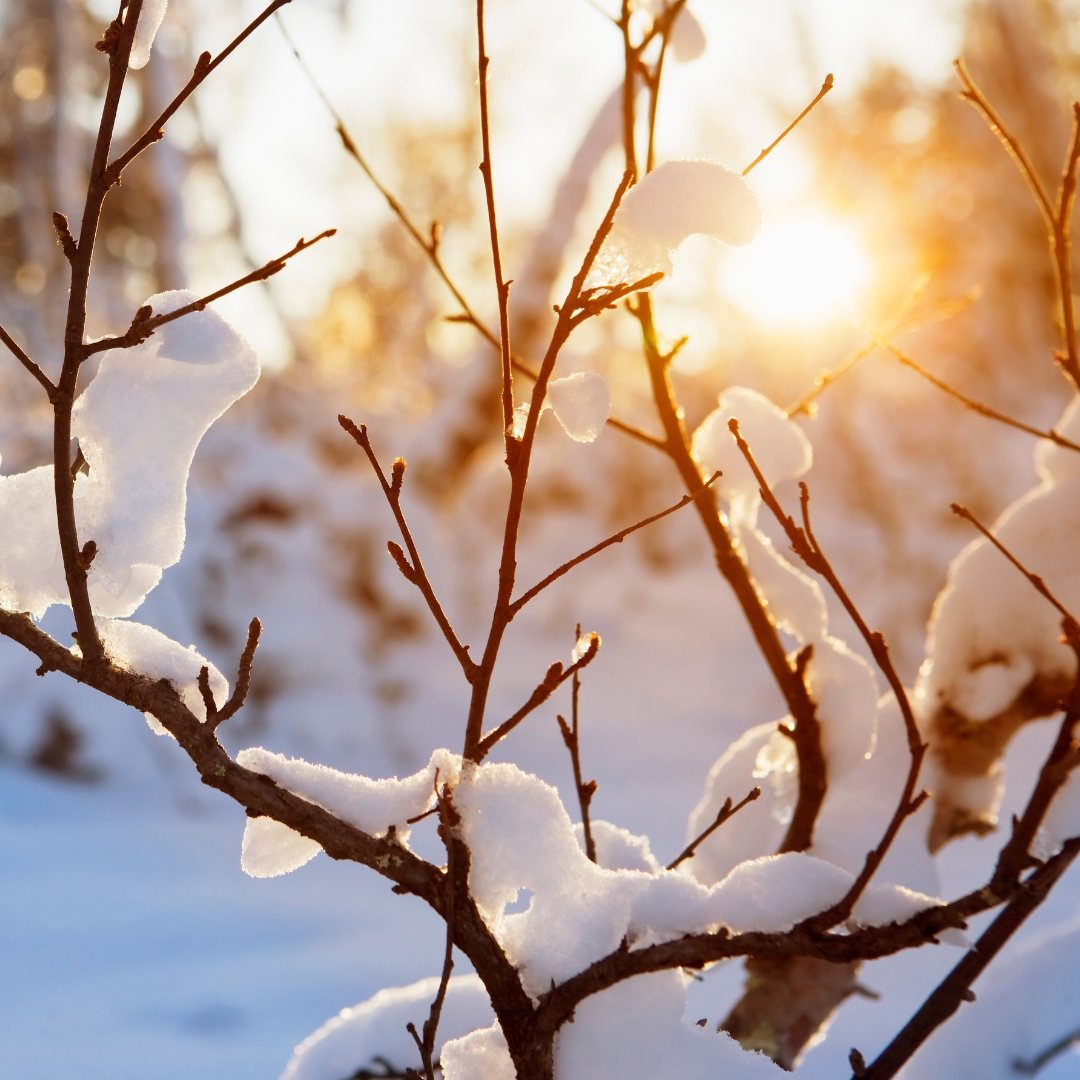Blog
Guided by the Light

by Connie O'Connor, Director of Applied Learning
Once upon a time, 200,000 years ago, the only source of light for Homo sapiens was the sun. We evolved to be diurnal, which means active during the day.
The sun bestowed many gifts upon us. Plants grew with sunlight, animals ate plants; we ate them both.
Sunlight triggers our skin to make Vitamin D which protects against cancer, heart disease, flu, weak bones, and more. It also triggers serotonin which elevates mood.
Humans were aware of and grateful for the sun. They noticed the angle at which sunlight reached their eyes and the changing position of the sun on the horizon.
They learned to place stones in positions to mark the solstices. They created rituals to honor the sun and soothe their souls as daylight recrudescence” is when day length in waned each fall and winter.
They figured the sun basically runs this place, and many worshiped it accordingly.
The sun runs the Earth because it creates seasons and weather. Uneven solar heating of our tilted planet (knocked askew by a big planetoid a while back) creates the wind, rain, snow, ice, and many lovely days as it rotates on its axis.
During Earth’s 365-day orbit around the sun, our side leans toward the sun for 90 summer days and away for 90 days of winter. Ironically, the Northern Hemisphere is closer to the sun during our winter months but tilted away.
Since the sun’s rays hit our part of the world less directly in winter, the sun conveys less of its solar energy. The sun’s energy is now only about half of what it is in the summer, so temperatures average about 40°F lower in Ohio.
After the winter solstice, the days slowly begin to lengthen once more.
During the spring and fall equinox nature begins to run briefly amok. “Autumnal fall triggers the same hormonal response as the same amount of day length in spring. You may hear some confused birds and frogs call for mates again around the fall equinox.
Before the error can waste their bodies’ resources, the days shorten enough for them to get a clue. Ceasing their antics, they begin prepping physically and behaviorally for winter.
And so do we! Evolution has given us many coping strategies to prepare for the cold weather that typically accompanies shorter days at our latitude. Our serotonin dials way down with darker days, while melatonin increases, and we sleep more.
Winter allows a rest from the hustle and bustle of those longer days when it’s hard to wind down and there’s so much to do. Our fertility decreases as daylight dwindles, and our bodies create a special brown fat that can quickly convert energy to heat.
We have rigged our world with artificial lights and heat, but our minds and bodies still follow evolutionary patterns governed by photoperiod. Sunlight is great for your mood, especially if you are one of the United States' 5% of adults who experience seasonal affective disorder, a biochemical change prompted by shorter days.
You have a primitive soul that evolved in nature. Studies continue to point to a host of physical, emotional, and mental benefits of being outside, even in the cold.
At Rowe Woods, hike the Mashburn Discovery Trail, Whitetail Trace, or the Lookout Trail for great open fields with exposure to healing rays of light.
Inhale the fresh air and think of the wildlife sharing these winter woods and fields with resilience, grit, and stoicism.
You are a child of this Earth and are adapted to survive winter, too. Be easy on yourself and embrace winter—you (and your body) have got this!